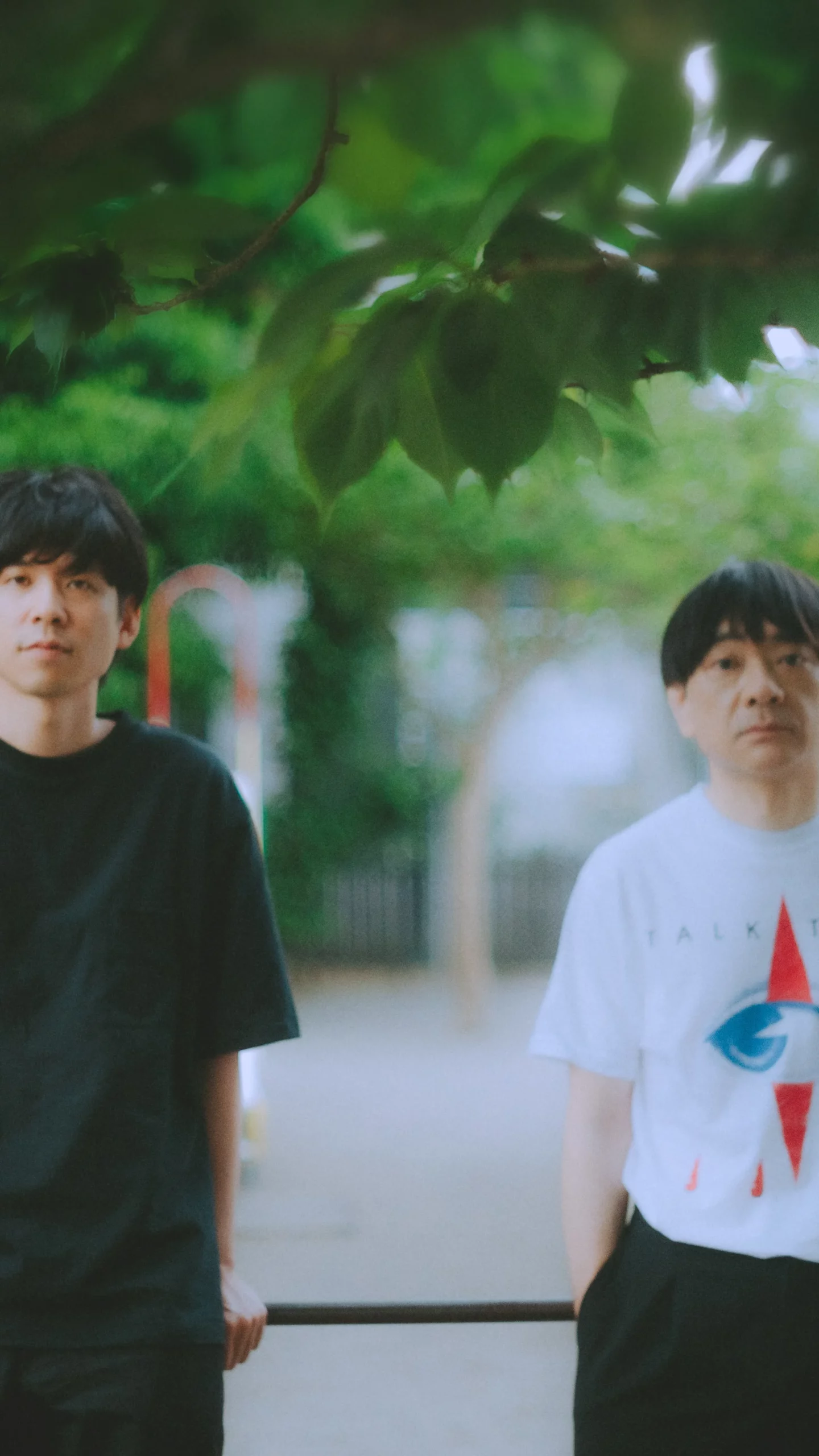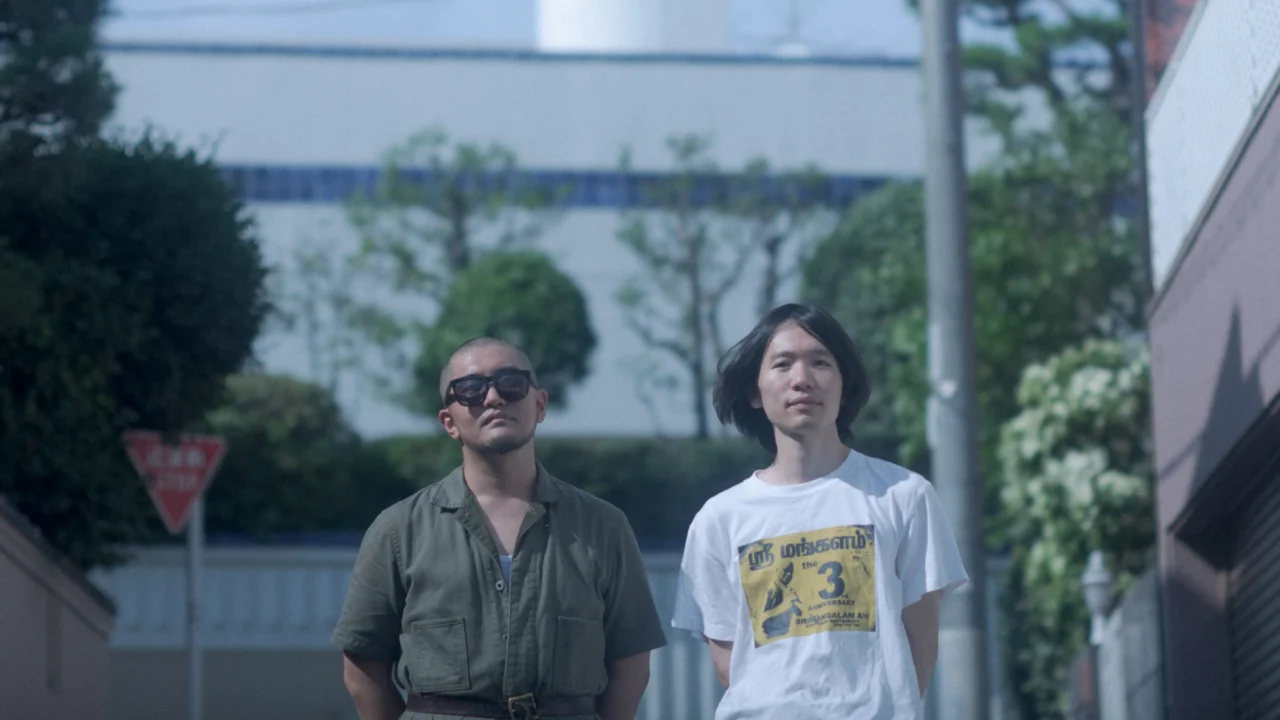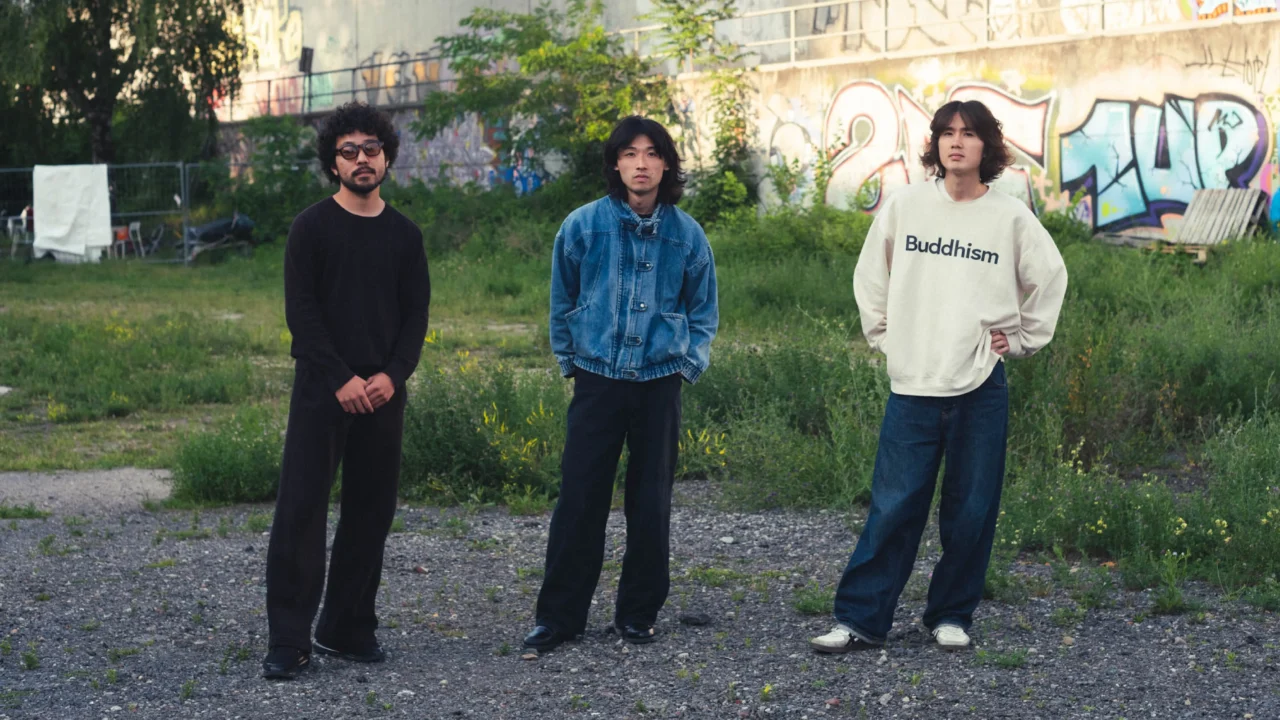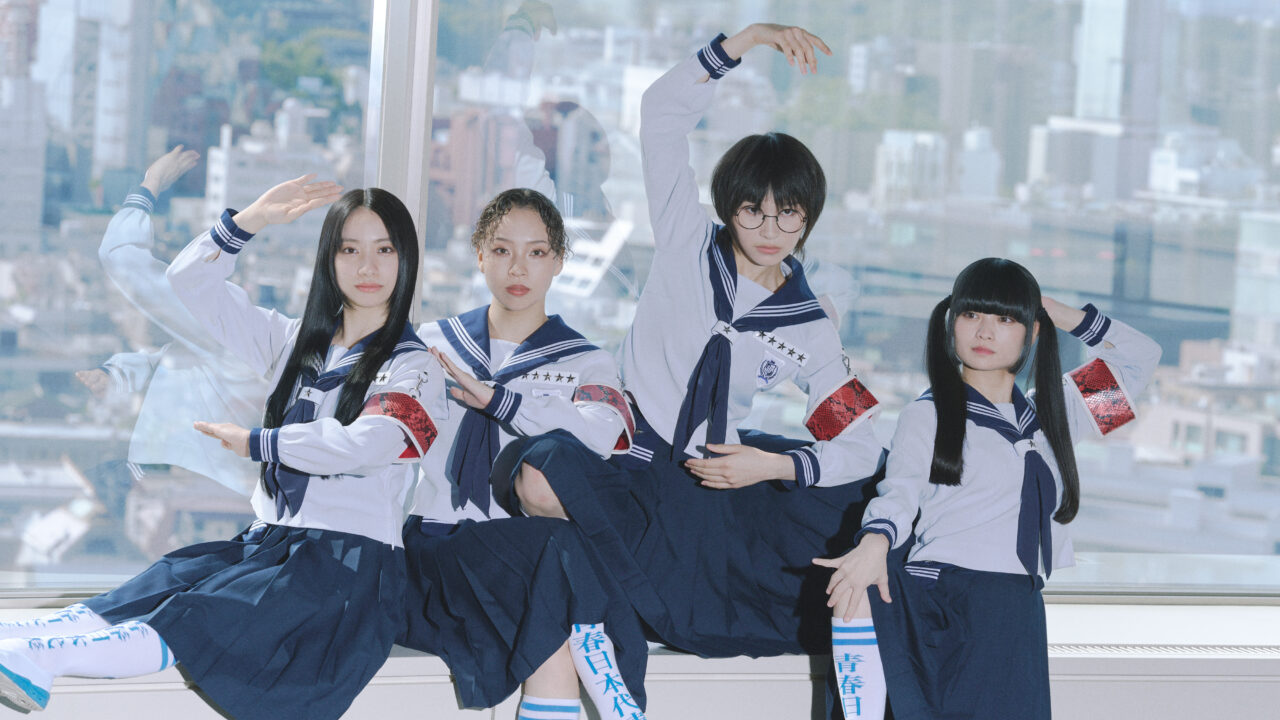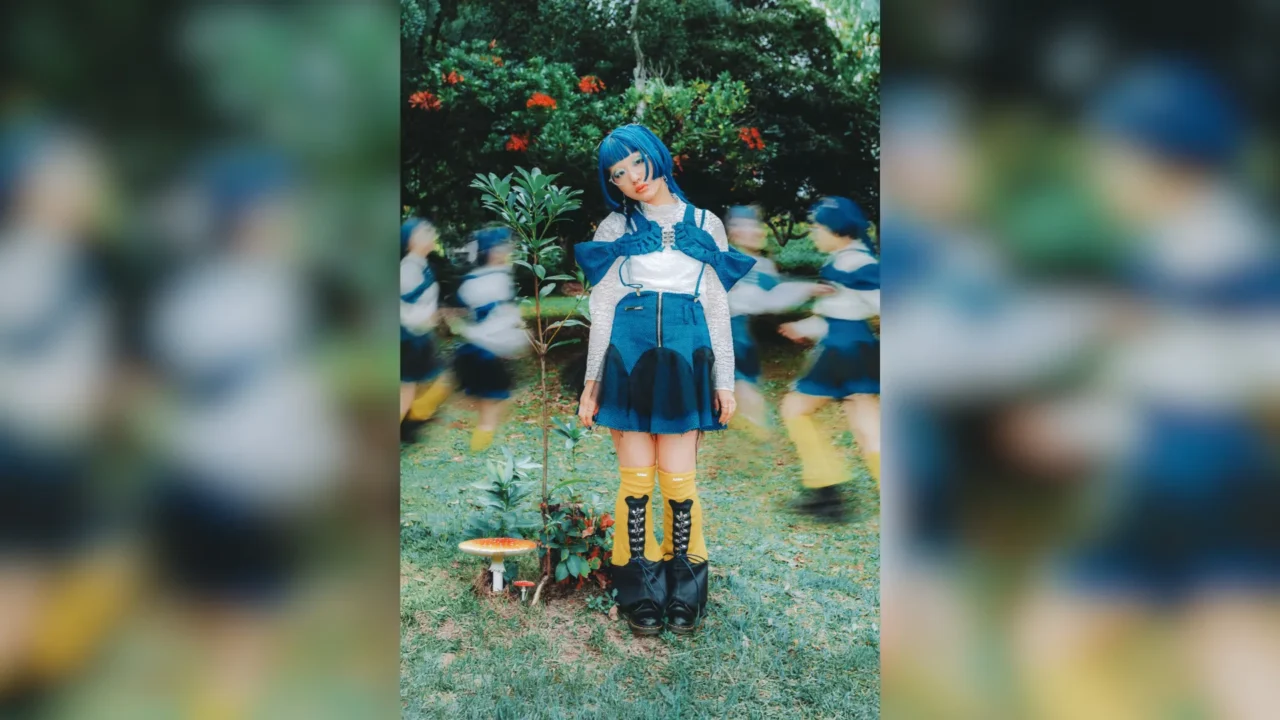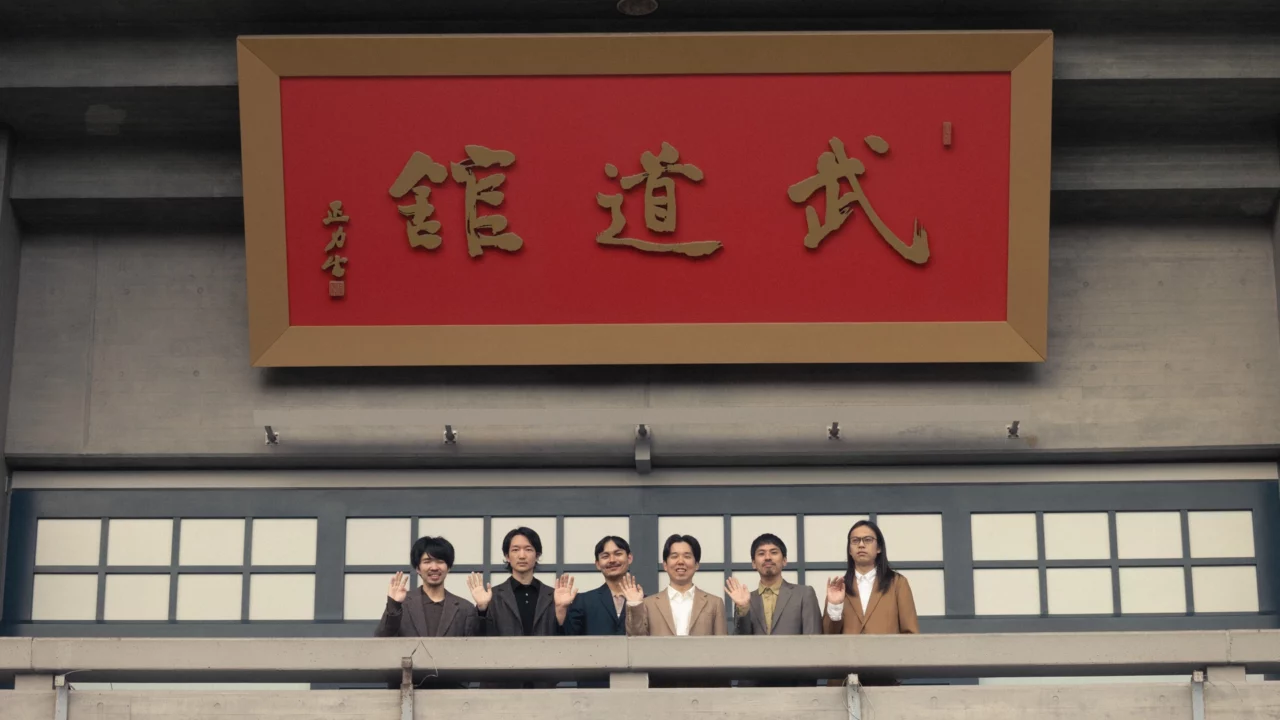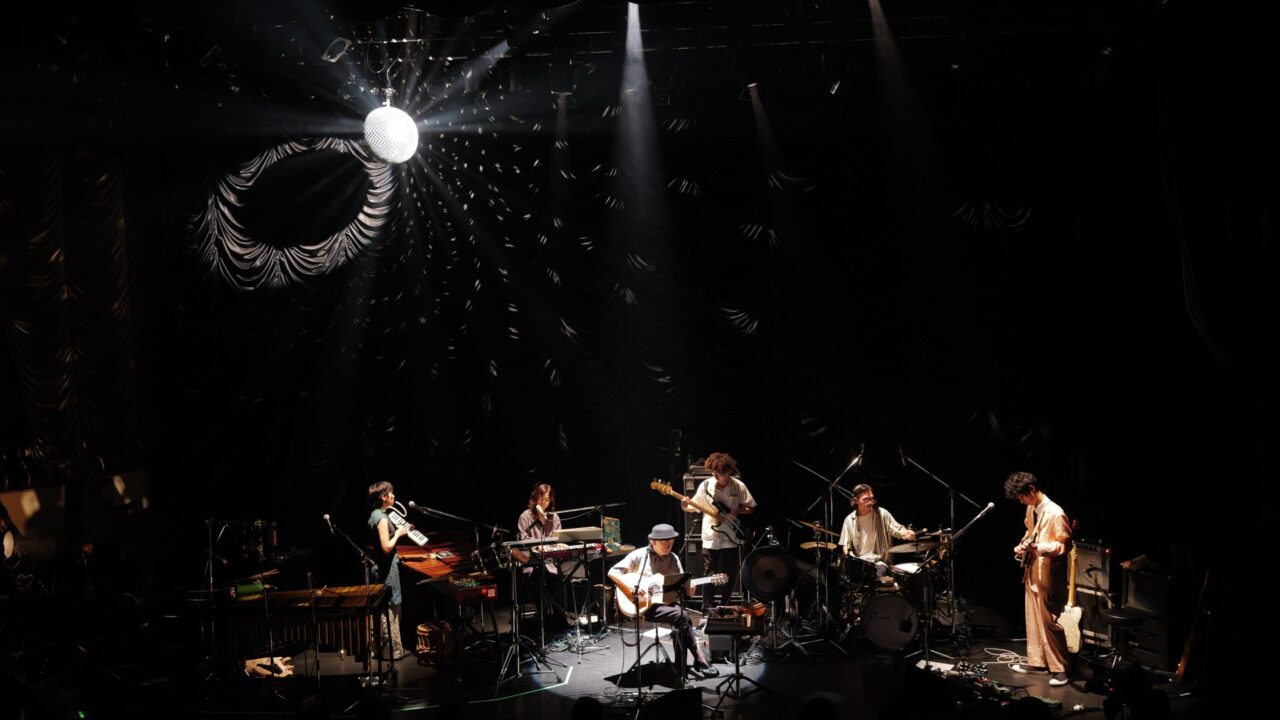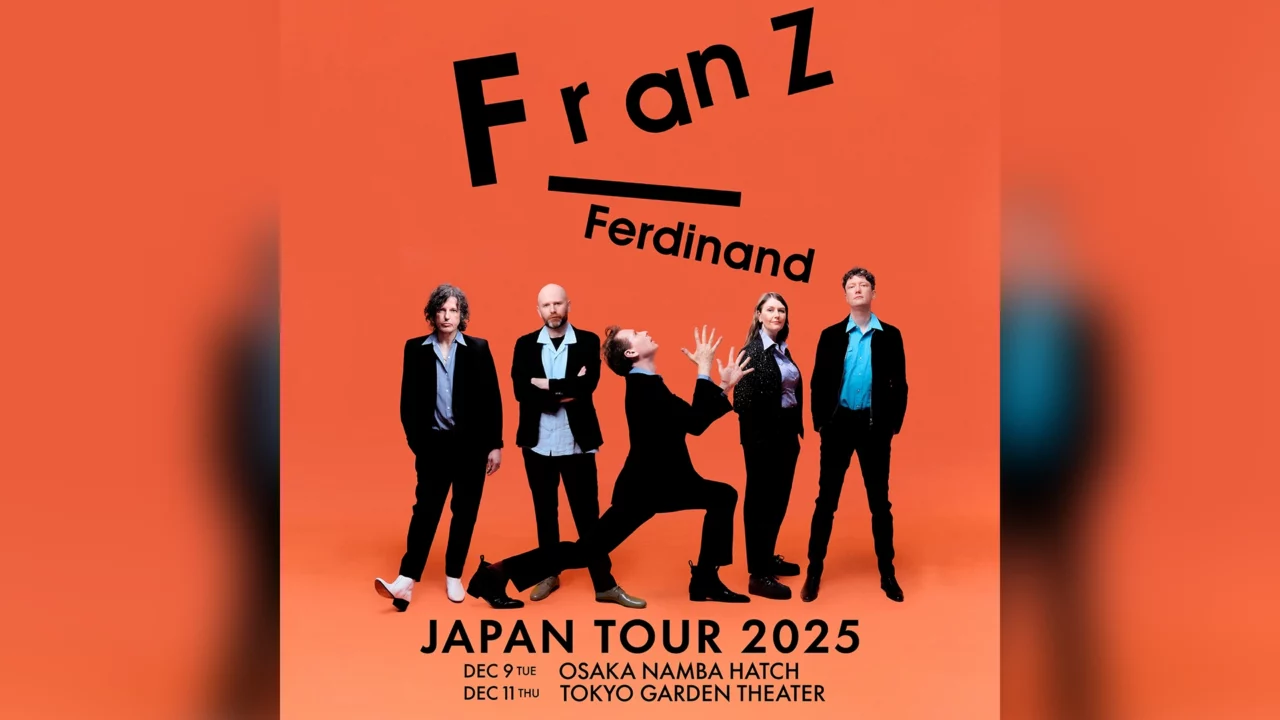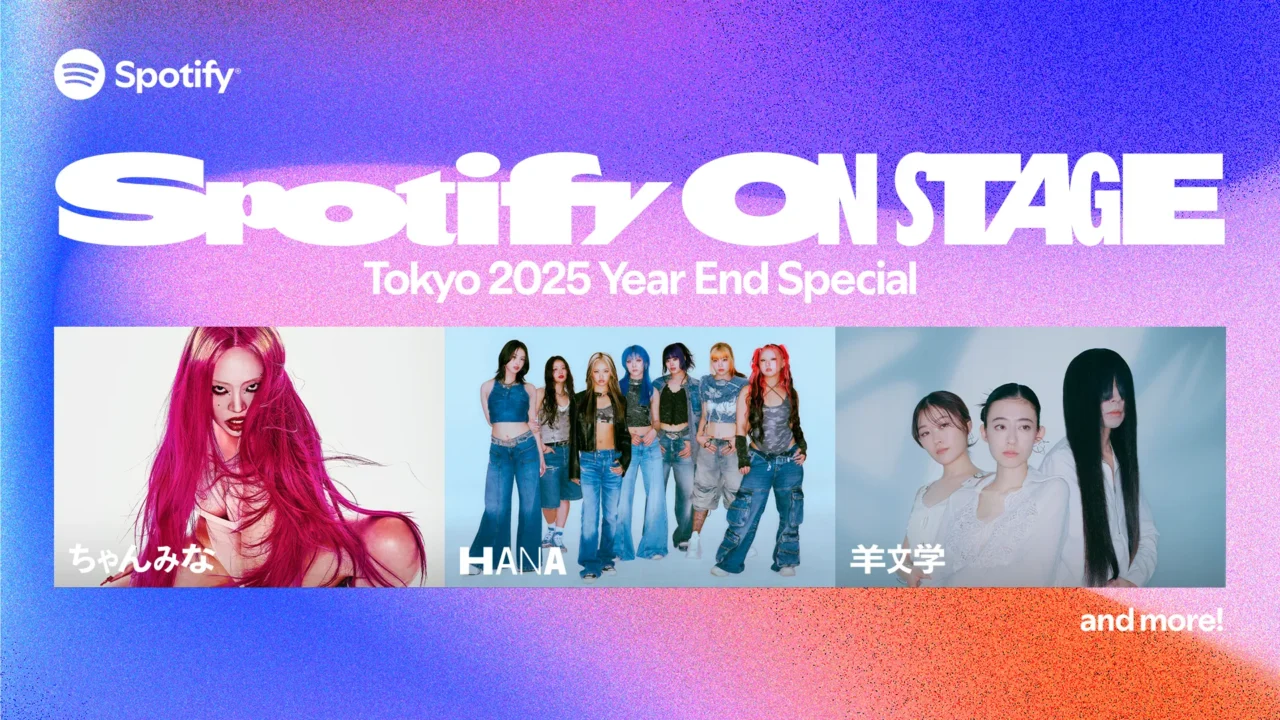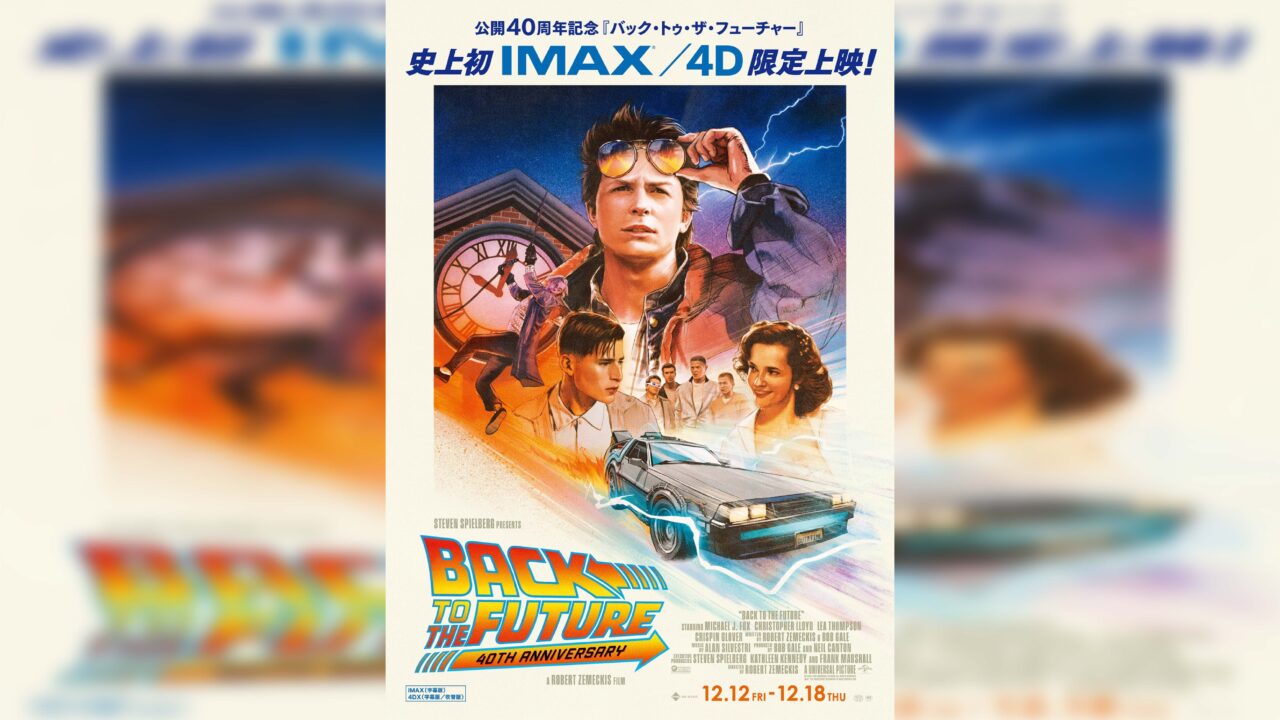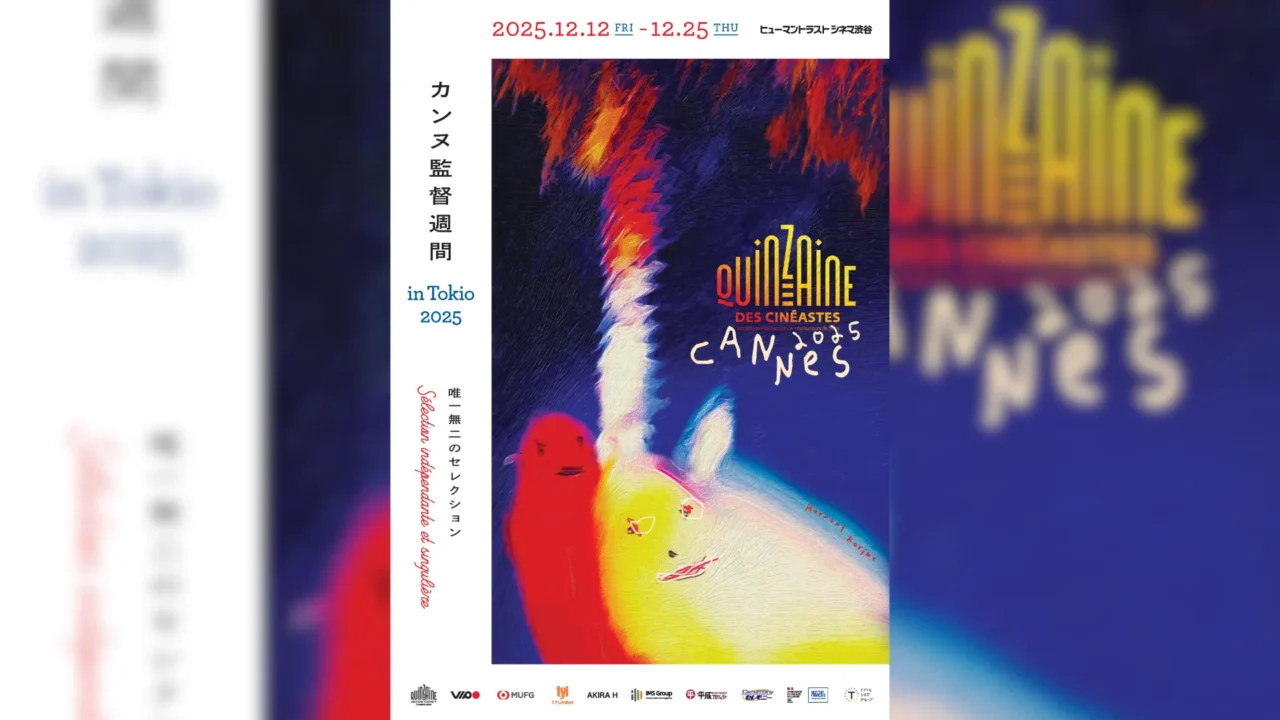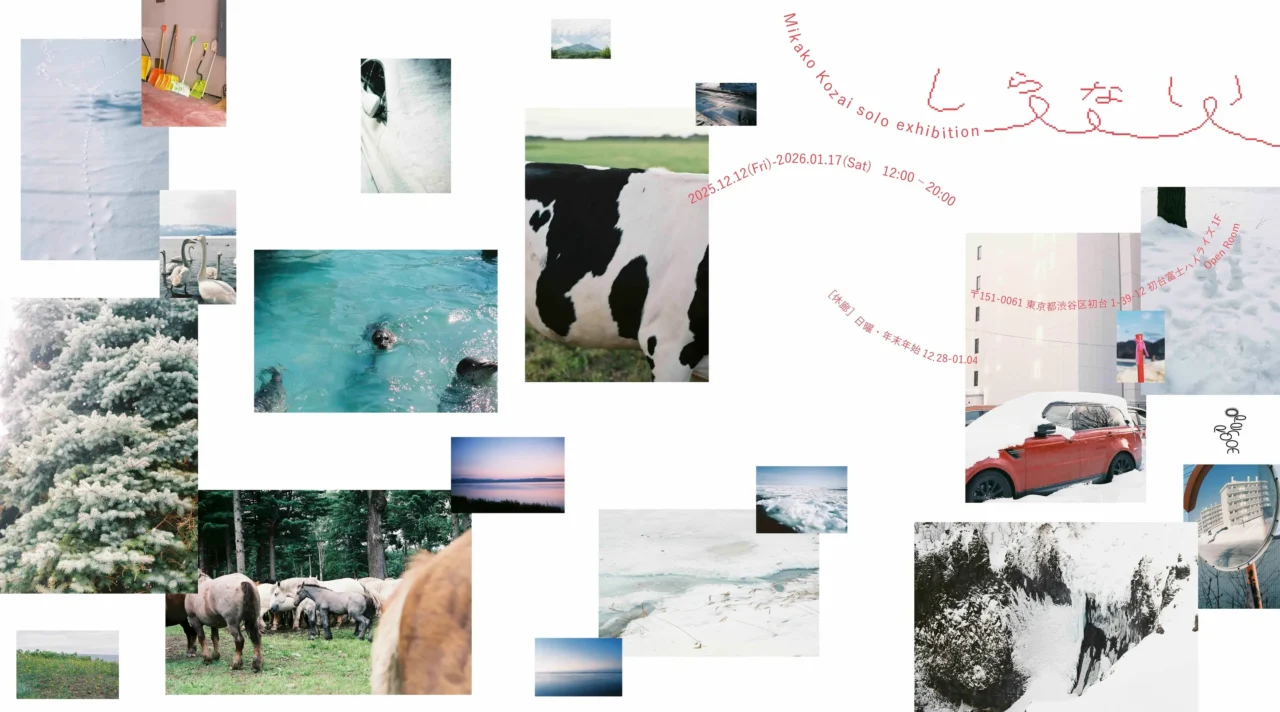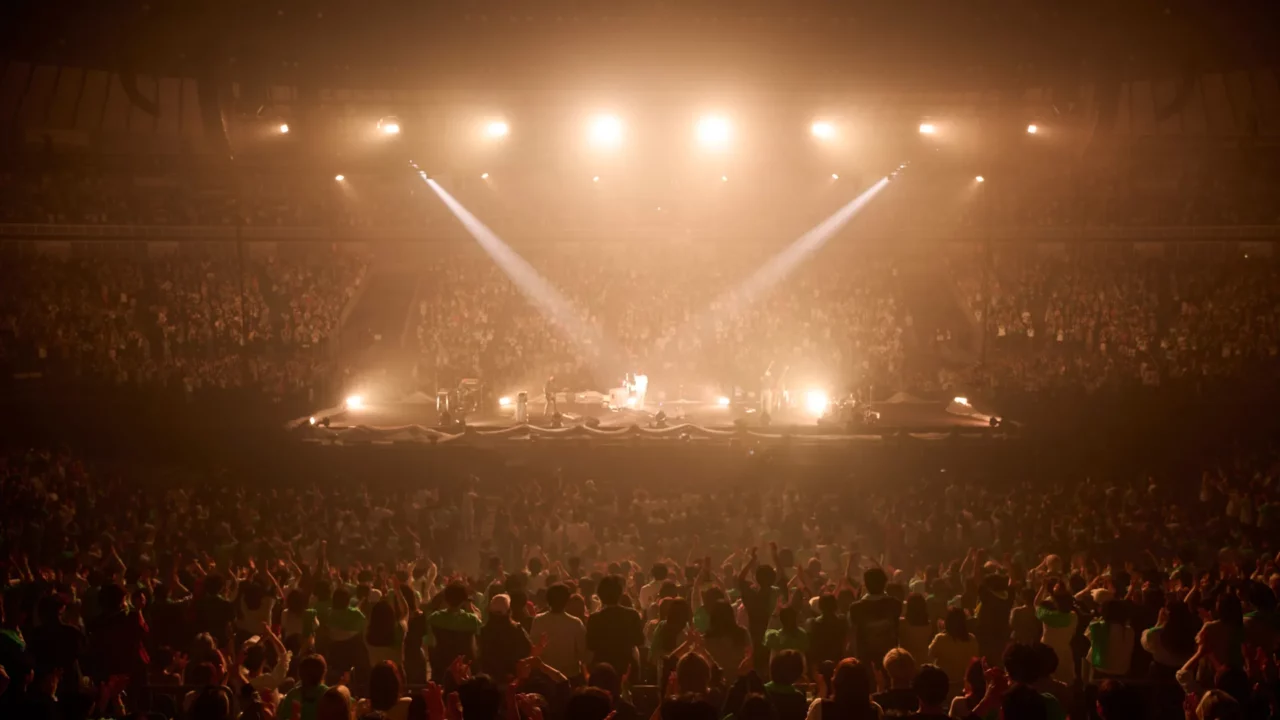INDEX
Differences Revealed Through Synthesizer Approach and Stage Production
The heavy use of synthesizers is also a common point between both. Especially recently, OGRE YOU ASSHOLE has been using a lot of analog synths, right?
Deto: Originally, our drummer Takashi Katsuura was into synthesizers and had quite a collection, but during the COVID pandemic, his collecting fever flared up again. Around the same time, I bought a few myself — a Mini MOOG and a SEQUENTIAL OB-6, among others. Since then, we’ve been using them more both in recording and on stage.
At Cornelius’s live shows, bassist Yumiko Ohno plays the MOOG, but do you still use analog synths in the studio?
Oyamada: These days, we hardly use them — software synths are our main tools. Before, I used big MOOGs, but old analog synths simply don’t have memory functions, so the sounds change by the next day. That can be a hassle in recording [laughs].
Deto: For us, that hassle might actually be something we like [laughs].
Oyamada: During live shows, do you sync the synthesized parts you recorded?
Deto: We hardly use synchronization. Instead, we actually play the phrases live on stage, with the band playing on top of that. Using a click track feels like it makes the groove too rigid. On stage, the band’s live performance is the main focus.
At Cornelius’s live shows, you monitor a click track, right? Everything is perfectly timed, and it’s impressive every time.
Oyamada: At Cornelius’s live shows, you monitor a click track, right? Everything is perfectly timed, and it’s impressive every time.
For us, syncing with visuals is also necessary. We create the entire set—from start to finish—with click tracks and visuals all prepared, then just launch it. The timing between songs is all fixed, so there’s no room for break. At first, we used to put the click track on a VHS tape and hit play. After many twists and turns, we arrived at the current setup.
In that respect, even when OGRE YOU ASSHOLE uses synthesizers live, Katsuura operates them on the spot to give cues, right?
Deto: Not only do we avoid using click tracks, but we’re also not that skilled at playing perfectly tight, so if we synchronized everything completely, the ensemble would sound really stiff. That’s why I really admire Cornelius’s playing.
Oyamada: Is it that impressive? Honestly, it’s easier because you can just go with the flow from start to finish [laughs].
For the upcoming Haranomura event, ”“DELAY2025”“, will Cornelius perform with visuals and lighting as well?
Oyamada:That’s the plan. Actually, Masayoshi Takada, who handles the lighting, lives very close to the venue, so he’s really excited and motivated for the day.
Deto: Cornelius’s set is after sunset, so I’m really looking forward to that part too.





